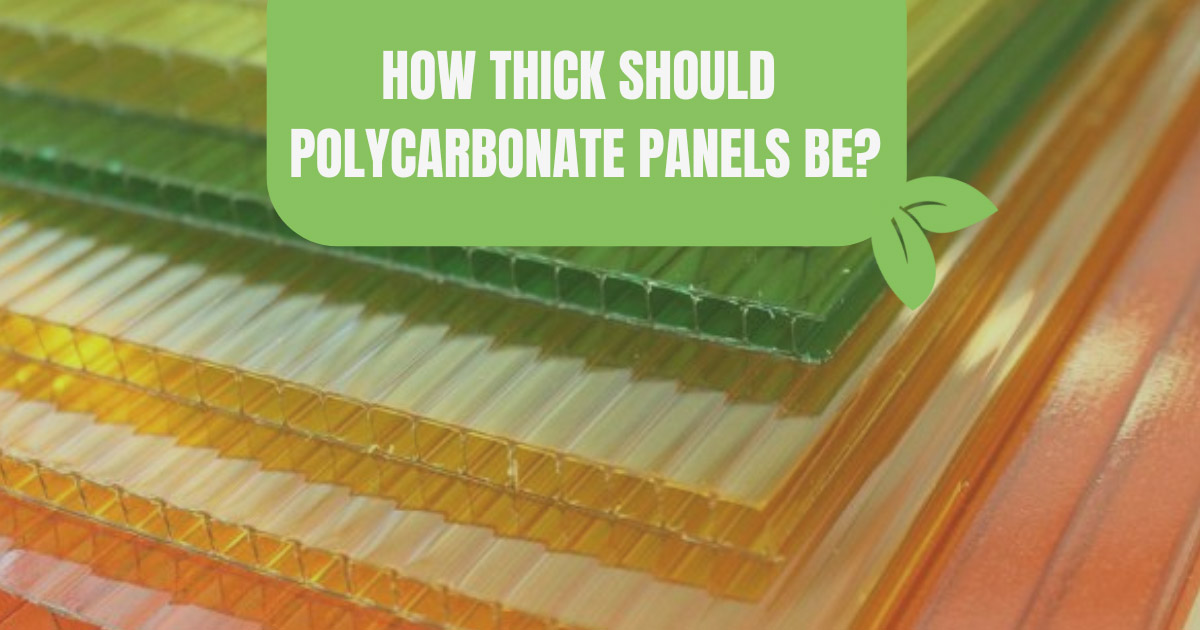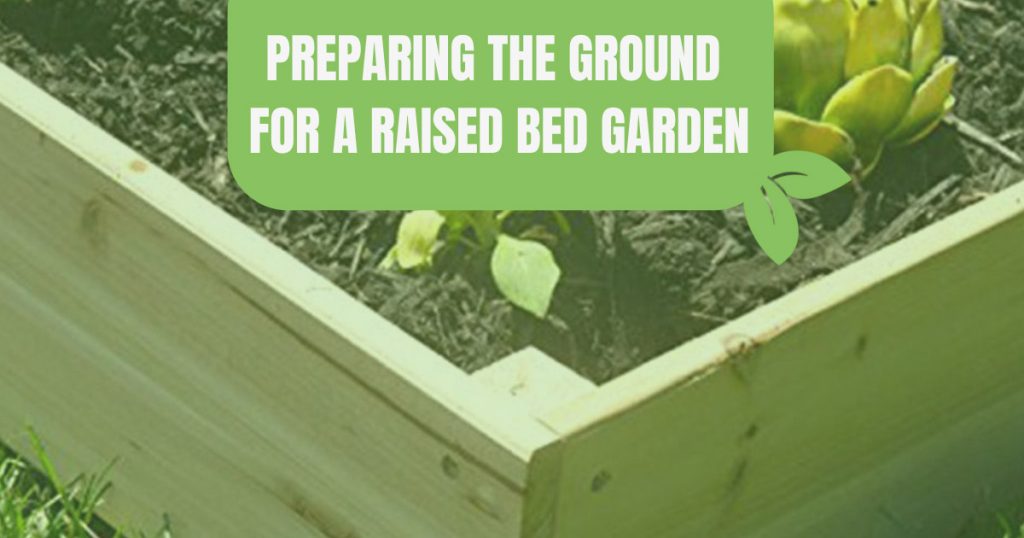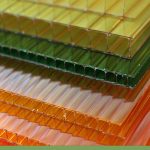
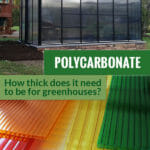
There are many reasons to choose polycarbonate for your greenhouse: it’s inexpensive, easy to work with, and flexible, not to mention it insulates better than glass. The question is, should you choose single-wall, twin-wall, or triple-wall polycarbonate? And what is the best thickness of polycarbonate for a greenhouse?
Choosing the right polycarbonate panel and thickness for your greenhouse kit depends on a couple of factors: aesthetics, climate, and budget. Thicker, twin-walled or triple-walled polycarbonate panels are ideal if you’re trying to grow through the winter in colder climates. On the other hand, thinner polycarbonate panels provide less insulation but are better for small or seasonal greenhouses.
The thickness of your polycarbonate greenhouse panels plays a large role in how your greenhouse functions in your climate. Read on to learn all about how the type and thickness of polycarbonate panels influence important greenhouse factors such as light transmission and insulation so you can choose the right panels for your greenhouse needs!
Some misconceptions about polycarbonate for greenhouses
Before we dig deeper into the insulation and light transmission properties of polycarbonate panels, we want to clear up a few misconceptions about this common greenhouse material:
Polycarbonate is just as transparent as glass
Polycarbonate panels designed specifically for greenhouse use are translucent, but not transparent. This means, while they let sunlight in, polycarbonate panels are not crystal-clear like greenhouse glass. That’s because greenhouse polycarbonate panels have “ribs” running between the sheets that distort your view.
Single-wall polycarbonate panels are more transparent since they are just a single sheet of plastic, but we typically don’t recommend these for greenhouses due to the lack of insulation they offer (and they like to pop out on windy days). Of course, depending on the specific product and manufacturer, the transparency of polycarbonate can vary. Some manufacturers even design polycarbonate panels specifically to be less transparent for increased privacy or light diffusion.
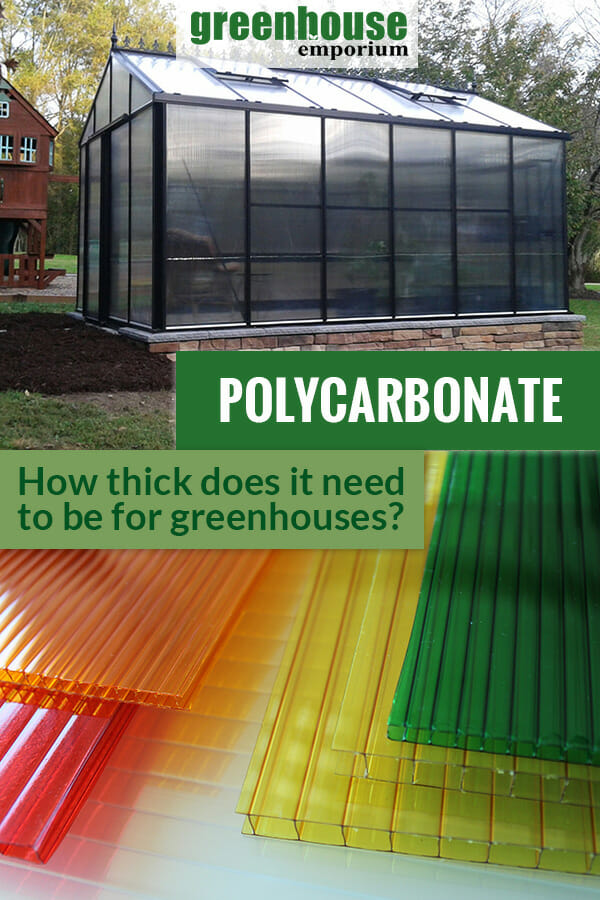
Insulation only comes from thicker polycarbonate panels
While thicker polycarbonate panels do offer more insulation than thinner ones, insulation is NOT ONLY determined by panel thickness. It also has a lot to do with the overall greenhouse structure, quality of the panels, and more.
For example, the tighter the greenhouse is constructed, the better it is insulated. This includes using high-quality rubber seals between framing and panels and sealing any gaps with silicone sealant to prevent heat loss. A “tighter” greenhouse is not only warmer in the winter, but will also stay cooler longer in summer.
On a similar note, Solexx polycarbonate greenhouse panels are thinner than similar products, but they are among the best when it comes to insulation. This goes to show that it’s not just about thickness when it comes to polycarbonate!
Winter insulation is the most important part
When selecting the thickness of polycarbonate panels, most people are concerned with cold winter temperatures. While it’s certainly important to select for winter insulation if you’re planning on growing year-round, it’s also important to consider the heat that summer brings. While you can heat a greenhouse easily with these tips, it’s harder to keep a greenhouse cool under the blazing sun.
As a rule of thumb, thicker polycarbonate panels trap more heat. This is good for the winter, but it can negatively impact your summer greenhouse growing. In order to truly grow year-round inside your greenhouse, you want to select polycarbonate panels that will perform well in both extreme weather conditions.
Polycarbonate will discolor over time
Another common concern with polycarbonate panels is that they will turn yellow over time. True, unprotected polycarbonate sheets may discolor with time due to sunlight, moisture, and other environmental factors. However, nowadays polycarbonate panels for greenhouses have UV protection to keep them clear for years to come. If your polycarbonate panels turn yellow after just a few years, it may be a sign of defect or low quality. A little interesting nugget: Yellowed polycarbonate actually provides better light as it diffuses it much better.
Characteristics of polycarbonate panels for greenhouses
When looking at typical polycarbonate plastic for greenhouses, you may notice rectangular combs or “ribs.” These are the empty spaces between the sheets of plastic and stabilizing walls that trap heat to provide thermal insulation. This design not only increases the insulation factor, but also the stability and effectiveness of polycarbonate. At the same time, the polycarbonate remains flexible so it can fit in almost any space.
In twin-wall polycarbonate, there are two sheets of plastic with stabilizing walls, resulting in a single layer of rectangular combs running top to bottom. In triple-wall polycarbonate, there are two layers of rectangular combs, which trap more air and therefore provide even more insulation than single- or twin-wall polycarbonate.
Multiwall polycarbonate panels are those that offer even more insulation, with four or more walls and measuring 25mm thick or more. You won’t often see these as an option for greenhouses, however, because they come at a higher cost and transmit less light. That said, if you’re just trying to grow during the winter and will be supplementing with grow lights, multi-walled polycarbonate panels could be right for you.
Another style of polycarbonate to consider is the honeycomb design. As the name suggests, this design features air pockets in a honeycomb pattern rather than a ribbed pattern, resulting in maximum heat retention and extra strength. However, honeycomb polycarbonate panels are less common and more expensive.
So, how thick should your polycarbonate panels be?
As with many elements of greenhouse design, there is no one right answer to this question. Which thickness of polycarbonate you choose for your greenhouse depends on your needs, preferences, and budget. That said, here are some helpful guidelines:
As a rule of thumb, 8 mm twin wall panels and thicker are the best all-around choice for a wide variety of climates. If you live somewhere where temperatures don’t often drop below freezing or if you plan on heating your greenhouse throughout the cold season, you can opt for panels on the thinner side (8-10 mm). On the other hand, if you live in a colder region and plan to grow year-round, thicker panels (16 mm) offer more insulation and may be the better option.
If you’re just using your greenhouse as a “season extender,” 4-6 mm thick polycarbonate panels are plenty. Similarly, small greenhouses can use thinner polycarbonate panels because they are generally not used for year-round growing. Keep in mind that thinner materials flex more and therefore should be placed in more protected locations. Strong winds can easily dislodge them.
Then again, thickness is not the only factor influencing the quality and insulation of polycarbonate panels. For example, the manufacturer Solexx offers 3.5 mm and 5 mm polycarbonate panels that have a higher insulation factor (R-factor) than standard 8 mm twinwall polycarbonate panels.
The insulation factor in relation to panel thickness
Greenhouses demand high levels of heat retention, especially if they are used throughout the winter. Polycarbonate panels offer more insulation than glass, which is what makes them such a good option for greenhouses. But to really understand insulation, we have to look at the R- and U-values.
What is an R-value?
The R-value is a measurement of insulation efficiency, and is used to rate insulation materials for homes, greenhouses, and more. The higher the R-value, the greater the insulation. For example, the Riga greenhouse has an R-value of 1.6-2.3 depending on the size, making it one of our top picks for winter greenhouses.
A high level of insulation not only guarantees that your greenhouse will remain warm in winter, but it will help keep cool air inside during the summer, too.
The formula for determining R-value is R = 1/U. We explain U, or U-value, in greater detail below.
What is the U-value?
The U-value or U-factor is another important element in understanding insulation. The U-value of a window or polycarbonate panel reflects heat transmission, or how much heat is lost through a material. The lower the U-value, the less heat will escape. In other words, a low U-value means greater heat retention.
The formula for computing the U-value is U = 1/R (the reverse of the R-value).
Here are some common R- and U-values for different types of greenhouse panels:
| Covering Material | R-value | U-value |
| 3mm single pane glass | 0.95 | 1.05 |
| 4mm twin-wall polycarbonate | 1.43 | 0.70 |
| 6mm twin-wall polycarbonate | 1.54 | 0.65 |
| 8mm twin-wall polycarbonate | 1.60 | 0.63 |
| 10mm twin-wall polycarbonate | 1.89 | 0.53 |
| 8mm triple-wall polycarbonate | 2.00 | 0.50 |
| 16mm triple-wall polycarbonate | 2.50 | 0.40 |
| 3.5 mm twin-wall Solexx panels | 2.10 | 0.48 |
| 5 mm twin-wall Solexx panels | 2.30 | 0.43 |
BEFORE you base your choice of polycarbonate panels solely on the best insulation, keep reading! You may not need the thickest polycarbonate panels if you live in a mild climate. Plus, thicker panels have other effects on your greenhouse besides insulation, not all of which may be desired.
What else is affected by the thickness of polycarbonate panels?
Besides insulation, the thickness of polycarbonate also affects light transmission, heat retention, UV-protection, and light diffusion. These are all features which made polycarbonate a top choice for greenhouse covering, but there may be times that not all of these effects are desired.
UV-protection
If you look at a polycarbonate panel from a certain angle, you will see that it has a protective layer. This integrated layer is a form of UV protection that protects the panels from sun-related damage. It also protects gardeners and plants from UV radiation, reducing the need for protective gear such as hats and sunscreen.
The level of integrated UV protection in the polycarbonate panels varies depending on the measurement of the sheets as well as the brand. Some manufacturers put the layer on one side while others apply it to both sides for better protection.
Light transmission & diffusion
With every millimeter of thickness, there is less light transmission. Although all polycarbonate is translucent to a degree, it does not transmit light as well as glass. This is actually a good thing for plant growth since direct scorching sun can be brutal.
To make sure that enough light gets into your greenhouse, it’s best not to opt for the thickest polycarbonate panels possible, unless necessary to protect against extreme cold. For example, you could opt for 8 mm sheets instead of 16 mm ones and take other measures to increase your greenhouse insulation, such as sealing gaps and adding other forms of insulation during winter.
Of course, the shape and width of your greenhouse, as well as its location, also play a role in the amount of light your plants get.
Some polycarbonate panels have extra light-diffusing properties. Polycarbonate already diffuses light in comparison to glass. However, manufacturers like Solexx have figured out how to increase light diffusion without diminishing light transmission. This becomes particularly useful for gardeners looking to grow plants that thrive with diffused light, especially tropical plants.
Stronger against wind, snow, and hail
While polycarbonate is not as rigid as glass, it is considered exceptionally strong and highly durable, even in harsh weather conditions. Triple-wall polycarbonate is sturdier compared to twin-wall panels. Similarly, thicker panels offer more rigidity, which may be necessary if your area experiences frequent storms.
If you are DIY-ing your greenhouse, it’s helpful to choose polycarbonate panels with flexibility to make sure everything fits properly in place. In general, thinner panels are more adjustable than thicker ones.
Should you choose single-, twin-, or triple-wall polycarbonate?
When choosing polycarbonate panels, the overall thickness is not the only thing to keep in mind. Let’s take a look at when you should choose single-wall, twin-wall, or triple-wall polycarbonate panels for your greenhouse:
Single-wall polycarbonate
Even though single-wall polycarbonate is tough and impact-resistant, it may not be the best choice for greenhouses. Single-wall polycarbonate panels don’t diffuse light, nor do they insulate particularly well. On average, the R-value of single-wall polycarbonate is 0.83, which is even less than the R-value of glass (0.93).
In terms of light transmission, 94-96% of the light reaches through a single wall of polycarbonate. This is very similar to glass, which transmits 97-98% of light. There are clear benefits to higher light transmission, but there are also some downsides. For example, plants may get burned if they receive too much direct light, so you may need to install shade cloths during the summer.
Additionally, single-wall polycarbonate panels are less durable and sturdy than multi-wall panels. Although you’ll save money at first, it will be more expensive in the long run because inevitably you’ll have to replace the panels sooner. Plus, if you plan to heat the greenhouse it will be more expensive to do so due to the lower insulation value.
Overall, single-wall polycarbonate may work for small, seasonal greenhouses or grow tunnels, but it is not the best choice for year-round greenhouse gardening.
Twin-wall polycarbonate
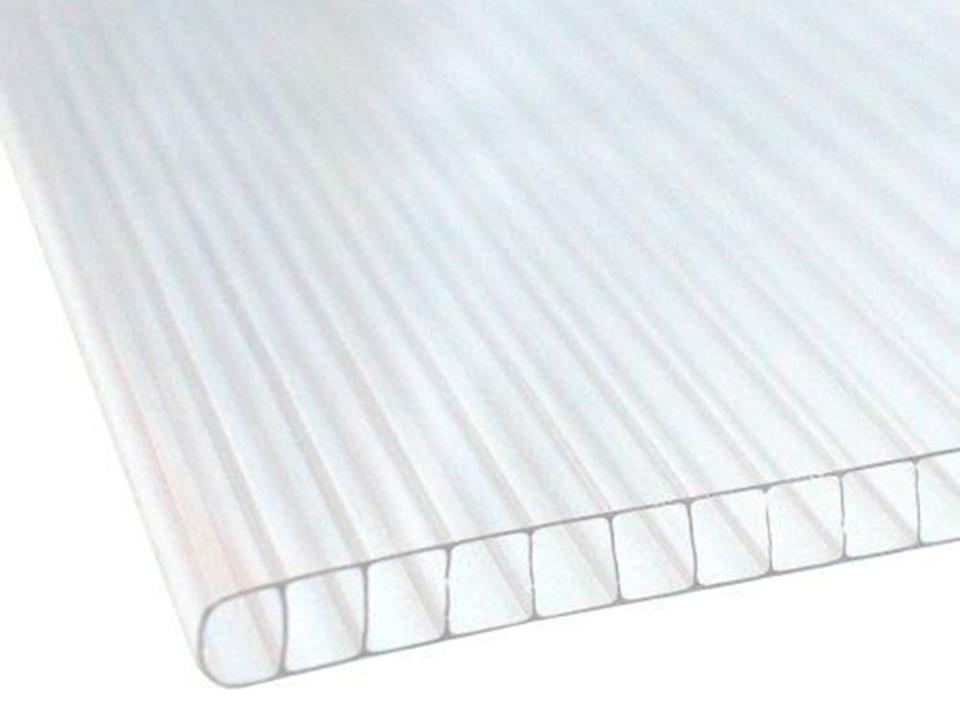
Twin-wall polycarbonate panels keep heat confined inside your greenhouse, making them an energy-efficient option for greenhouse walls. By improving the insulation of your greenhouse, twin-wall polycarbonate ensures your plants stay warm during cold spells and at night, resulting in improved harvests and shorter growing times.
Compared to single-wall polycarbonate, twin-wall polycarbonate provides up to 50% power savings in heating costs. Plus, it’s less likely to break or bend due to the walls that provide structural support between the two sheets of plastic.
Triple-wall polycarbonate

Triple-wall polycarbonate panels have a third sheet of plastic, resulting in an additional layer where air can be trapped for increased insulation. This makes triple-wall sheets an ideal option for cold climates and winter growing. Compared to a twin-walled sheet of polycarbonate that is 8 mm thick, a triple-walled polycarbonate panel of the same thickness provides more insulation.
Triple-wall polycarbonate panels are long-lasting and highly impact resistant. However, they reduce light transmission by roughly 20-30% compared to twin-walled polycarbonate panels, which may require you to supplement with artificial light during the winter.
While triple-wall polycarbonate panels are more expensive upfront, they are worth it in the long run if you want to grow year-round. The enhanced insulation alone results in long-term savings on winter heating and insulation expenses!

